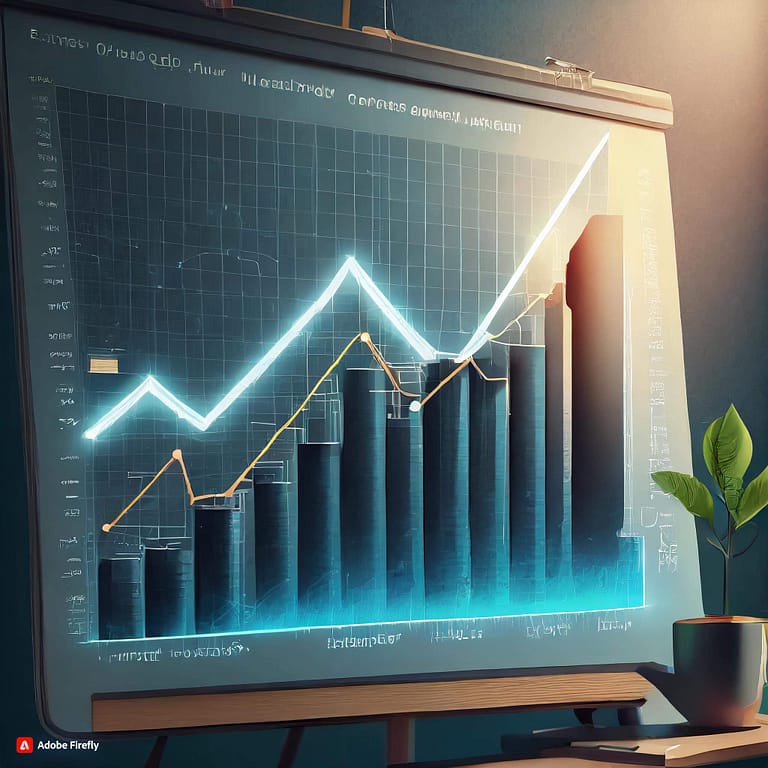If the bounce rate on your site is high, your web pages lose relevance to search engines. In the long run, this could decrease the online visibility of your website and consequently weaken your conversion rate. To address this issue, the best solution is to identify and understand the reasons why people are quickly leaving your site.
What is a bounce rate ?
The bounce rate represents the percentage of visitors who leave your website after just one glance. This analytical indicator is essential for understanding the level of interaction on a web page and the satisfaction of its visitors. According to statistics, the normal value should range between 20% to 45%. Beyond this threshold, it can be considered that your site has a high bounce rate, which is detrimental to your online visibility.
To determine your website’s bounce rate, you can use Google Analytics, also known as GA4. In the absence of this tool, you can calculate the percentage by dividing the number of single-page visits to a site by the total number of visits to the site and then multiplying the result by 100.
Various factors influencing the bounce rate
Many reasons can prompt people to bounce back to the search results quickly after visiting your web pages. To maintain your site’s performance with search engines, it’s important to identify the source of the issue. Here are the various factors that can influence your bounce rate.
Page loading time
The page loading time can lead to a high bounce rate on your website. We all know it: internet users are always in a hurry. If a page takes too long to load, they are likely to leave the site before even being able to access the content.
Self-sufficient content
Self-contained content refers to a page that contains all the information necessary for visitors. If your site has this kind of page, users will be able to find answers to their queries on their first visit. They no longer need to navigate further on the site, which shortens their time spent on the site.
Disproportionate page contribution
If the distribution of content or Call to Action (CTA) across web pages is disproportionate, visitors will settle for just one page to get the information they need. They may then leave your site without even clicking on your internal links.
Title Tag and/or Meta Description
A title tag or meta-description is misleading when the content of the page doesn’t match what is announced. This can mislead visitors who expect to find certain information, disappointing them and prompting them to bounce to other sites.
Blank page or technical error
A blank page or a technical error can prompt visitors to quickly leave your site because it doesn’t provide the expected content or displays nothing at all. This negative experience can discourage users, thereby increasing the bounce rate.
A bad link from another website
Poor links from other sites can direct users to irrelevant or misleading pages. These links may result from inappropriate SEO practices or misinterpretations by webmasters.
Affiliate landing page or single-page site
An affiliate landing page or a single-page site often presents limited content or just one action to take. It’s clear that this doesn’t meet the needs or expectations of visitors. Such a functional issue can disappoint them and prompt them to leave your site.
Poor-quality or under-optimized content
Ambiguous content containing irrelevant information or grammatical errors is often unappealing to visitors. It may even annoy them, potentially increasing the bounce rate on your site.
Poor or unpleasant UX (User Experience)
A poor user experience (UX) is characterized by difficult navigation, intrusive features, or unintuitive design. Such a problem can be very frustrating for visitors, prompting them to leave and not return to your site.
Non-responsive pages
Nowadays, people are increasingly using mobile devices such as smartphones to browse the web. That’s why you may lose visitors if your pages are not optimized for this type of screen.
Relevance of the content
The relevance of content can lead visitors to quickly leave your website. If the content doesn’t meet their expectations or doesn’t align with what they’re looking for, users will be disappointed and more likely to bounce. To keep them on your site longer, it’s important to create high-quality content that aligns with your business and meets the needs of your customers.
Overly intrusive CTAs (Calls to Action)
An overly intrusive call-to-action (CTA) can disrupt the user experience of visitors on your website. To prevent a high bounce rate, it is advisable to avoid overly aggressive pop-ups or excessive demands. Otherwise, this could irritate users and lead them to leave your site.



